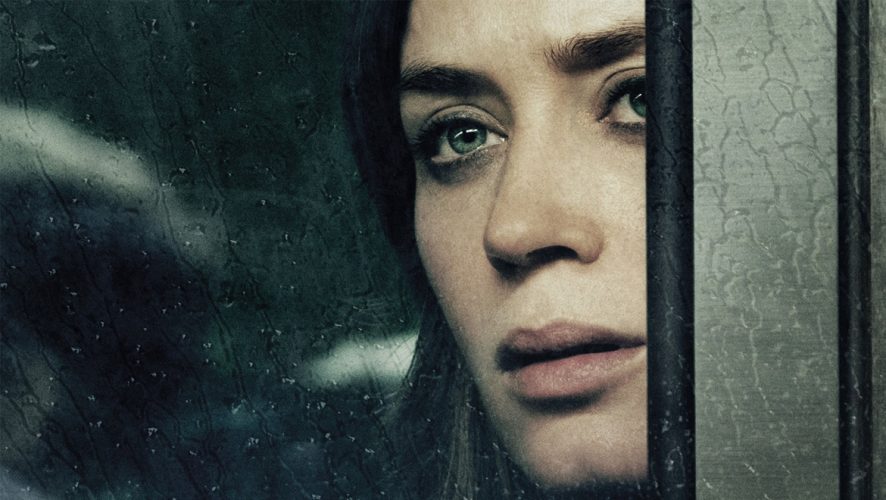We’ve come to a point in the marketing of novels and their corresponding movie adaptations such that the best way to promote a new IP, would be the latch on the past successes of other titles.
And the last successful book-to-screen adaptation, short of the Harry Potter and young adult fiction of The Hunger Games series, is Gone Girl. But to allude that The Girl on the Train is an equivalent of Gone Girl is misleading, and disrespectful of the respective authors of both books.
Being familiar with the fundamental differences between paper and celluloid, I entered the cinema with no expectations, so my slate was totally clean. The only frame of reference I had of The Girl on the Train was how it would be similar to Gone Girl (it’s not). And the best way forward was to bring along a friend, who had read the book, and would know how the movie stacks up.
The girl on the train is Rachel (Emily Blunt), who looks out the train window each day, into the lives of Megan (Haley Bennett) and Anna (Rebecca Ferguson), and pines for that life which she cannot have. Anna is the new wife to Rachel’s ex-husband, and Megan is the sitter to their newborn baby. Their life is the life Rachel could have had but that relationship is over but as audiences learn, all is not quite right below the surface. Despite the strong characters from the book, the movie spends more time building up on the perfect life, that while these characters seem to have things nicely stitched together, everything unravels when things are out of the public eye.
The first sign is watching Rachel grapple with her alcoholism, and there’s a great deal of pity for Blunt’s character, as we better understand how she arrived at her current condition. After all, what is a person to do when a third party like Anna moves in to usurp Rachel’s home and husband, Tom (Justin Theroux), and takes over her life? The movie then shifts from Rachel, to Megan, who disappeares suddenly one day.
These bits are also in the book but the movie takes a fair amount of time to build up the background of all the characters. Alas, there simply isn’t enough time to flesh out everyone sufficiently, and the roller coaster ride simply ends just as the movie is about to get really good.
As with movie adaptations of novels, adhering closely to style of the text is a tricky affair. The movie opts to follow the book’s delivery faithfully which makes it awkward for the viewer to follow. This is because the flow for The Girl on the Train is not chronological. Instead, we are thrown from past to present, in our quest to find out how Megan went missing.
Using her alcoholism as a plot device, Rachel, who is drunk most of the time, is the most unreliable narrator and her frequent alcohol blackouts serves as gaps for you, the viewers, to fill. With each jump, the timeline shortens to the reveal, and you would really need to sit up and pay attention to the different parts of the movie if you want to connect the dots. If you’re able to break through the first half of the movie, you would be in a good place to witness the finale.
This style works as a novel, as you’re always able to flip back and recap some scenes that you might have missed. As a movie, it does not really quite hit the mark. It leaves audiences grasping desperately, to try to figure out the various characters that are shoehorned, and how they really matter in Rachel’s narrative.
Towards the end, The Girl on the Train views like an elaborate ruse crafted by Alcoholics Anonymous, to curb overdrinking in modern society because too much drink makes people do bad things.
GEEK REVIEW SCORE
Summary
As far as thrillers go, The Girl on the Train does sufficiently well but you’d need to reach out for the book eventually to better get a sense of things.
Overall
7.3/10-
Story - 8/10
8/10
-
Direction - 7/10
7/10
-
Characterisation - 7/10
7/10
-
Geek Satisfaction - 7/10
7/10
User Review
( votes)Her idea of a date night is a good horror movie with a huge bowl of sweetened popcorn and ribena. She believes the world will end with a zombie apocalypse so she urges everyone to keep more canned food in your pantries.














